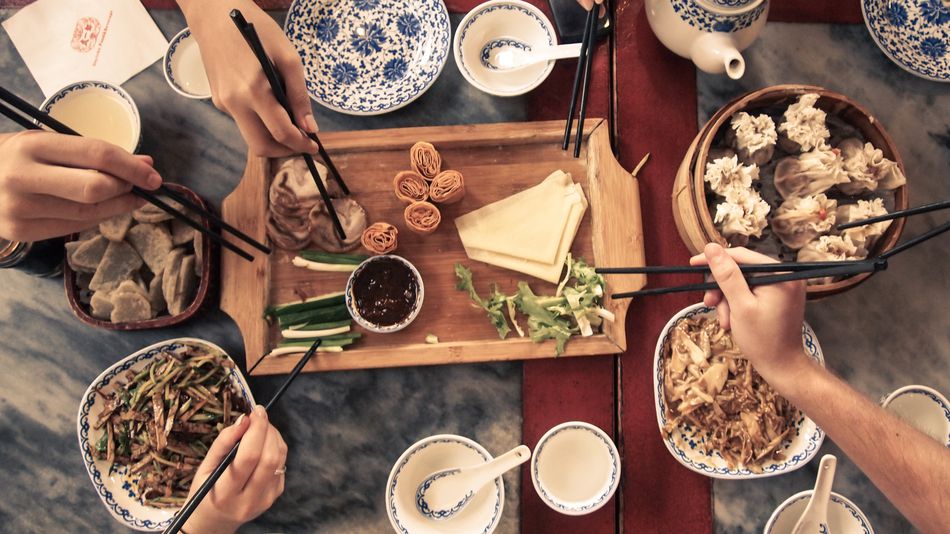Do Vietnamese Use Chopsticks ?
Vietnamese cuisine is renowned worldwide for its rich flavors, aromatic herbs, and fresh ingredients. When it comes to enjoying these delightful dishes, one might wonder about the utensils commonly used by the Vietnamese people. While chopsticks are typically associated with East Asian cultures, there is a misconception that all Asian countries employ this utensil in their culinary practices. In this article, we will explore the fascinating question: "Do Vietnamese use chopsticks ?"
Vietnam has a diverse and unique culinary heritage shaped by its geography, history, and cultural influences. Traditional Vietnamese cuisine emphasizes the balance of flavors, textures, and colors, often showcased through dishes like pho, banh mi, and spring rolls. The utensils used to savor these delicacies have evolved over time, reflecting Vietnamese culture and traditions.

(Vietnamese user chopsticks)
Contrary to popular belief, chopsticks are not the primary utensils used in Vietnamese cuisine. Unlike their neighbors in China, Japan, and Korea, Vietnamese people predominantly employ spoons and forks in their everyday dining. The use of chopsticks in Vietnam is limited to certain dishes, mainly those influenced by Chinese culinary traditions, such as stir-fries and noodle soups.
Vietnam's long history of cultural exchange with China has left an indelible mark on its cuisine. The introduction of chopsticks into Vietnamese dining practices can be attributed to this historical influence. Vietnamese cuisine adopted and adapted many Chinese culinary techniques and ingredients, including the use of chopsticks for certain dishes. However, it is essential to note that chopsticks remain secondary to spoons and forks in everyday Vietnamese dining.
Spoons and forks are the quintessential utensils for most Vietnamese meals. The spoon is used for scooping rice, soup, and other liquid-based dishes, while the fork assists in manipulating and picking up solid food items. This preference for spoons and forks can be attributed to the Vietnamese culinary style, which often incorporates a variety of textures and ingredients in a single dish, necessitating the need for these versatile utensils.
As with any country, regional variations exist within Vietnam's culinary practices. In some regions, such as Northern Vietnam, chopsticks are more commonly used due to historical and geographical proximity to China. In contrast, other regions may rely more heavily on spoons and forks. These regional differences reflect the diverse cultural tapestry of Vietnam and highlight the influence of local customs on dining habits.
Vietnamese dining culture places a strong emphasis on etiquette and respect for communal meals. Regardless of the utensils used, the Vietnamese people prioritize sharing and communal eating. It is customary to serve and eat dishes from shared plates, emphasizing the importance of togetherness and unity during mealtime.
While chopsticks are undeniably present in certain Vietnamese dishes, their usage is not as prevalent as in other East Asian countries. Vietnamese cuisine embraces a combination of spoons, forks, and chopsticks, reflecting the country's diverse culinary heritage. Understanding the cultural context and regional variations is crucial to appreciating the intricacies of Vietnamese dining practices. So, the next time you enjoy a delicious Vietnamese meal, don't be surprised if you find yourself reaching for a spoon and fork instead of chopsticks.